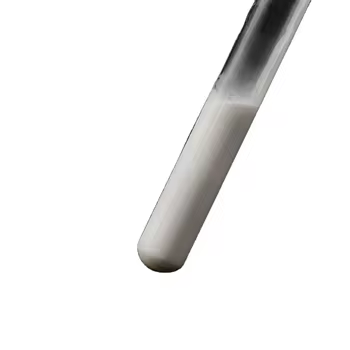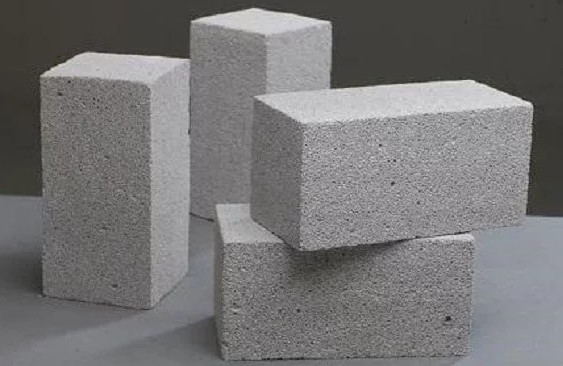Professional solutions on concrete addtives, Concrete Foaming Agent, Superplasticizer, CLC Blocks Additives, and foaming machine
(Influence of Concrete Foaming Agent on Foam Concrete (2))
3. The larger the bubble diameter, the better, should be more than 1mm
The pore diameter should be the same as the bubble diameter. Some experts misleading the pursuit of a small foam aperture of 0.1mm, in fact, because of physical foaming if the bubble diameter is large, the stability of the foam cannot be made of foam concrete. The same raw material and formula, the same equipment and technology, just change the bubble diameter, the compressive strength of 1mm bubble diameter of foam concrete, then 0.1mm bubble diameter of foam concrete, at least 20% higher. Therefore, it is wrong to pursue a bubble diameter of more than 0.1mm, which should be corrected in the production of foamed concrete.
4. The lower the foam bleeding rate, the better. Avoid using milk foam.
According to the size of water content, foam is divided into milk foam with more water and sponge foam with more water. Among them, lacteal foam is unqualified inferior foam and cannot be used.
After the foam is made, it gradually secretes water. Its secreting water includes two parts:
Bleeding of foam liquid film. This water is secreted from the liquid membrane, which is secreted by the liquid membrane under the combined action of gravity drainage, surface tension drainage, and liquid membrane damage drainage. The thicker the liquid film of foam is, the larger the bleeding is. The faster the bubble burst, the more bleeding.
Water between bubbles. This is the water that didn't form the bubble film. The worse the foaming agent and foaming machine’s foaming performance, the more water between bubbles cannot form foam liquid film. They're essentially water that doesn't bubble.
When the foam is bleeding at a high rate, it becomes as thin as float juice, sloshing around and not piling up, and there's a lot of water in the foam. When this foam is added to the cement slurry, the cement slurry becomes very thin, and the foam is very little, the volume of the slurry is small, and the resulting foam concrete density is very high, not technical requirements.
Therefore, latex foam should not be used. The appearance of a technically acceptable foam should be a spongy, compact bubble, piled up like white clouds, like bouncing cotton, and not sloshing. This foam has very little water content. This shows that its foam liquid film is small, the foam is not easy to burst, there is little water between the bubbles, and the amount of bubbles is large, accounting for most of the volume of bubbles. It should be emphasized here that the spongy foam must be a small bubble with a diameter of less than 1mm, rather than a few millimeters, or even dozens of millimeters. Bullae are easy to pile up, also like white clouds, but because of the large diameter of the bullae, also unqualified.
The low secretion of foam is mainly to ensure the number of bubbles in the foam and the porosity of foamed concrete, that is, to ensure the density of foamed concrete.
5. The foam has no side effects on cementitious materials
The cementitious material is the main source of strength of foamed concrete, the addition of foam cannot affect its cementitious property, that is, there is no negative cementitious effect. Not every bubble can achieve this.
In the long-term test, we discover a lot of foam to cement, magnesite, gesso of gelling have hindrance, can reduce the strength of foam concrete, sometimes even from beginning to end the concrete after hardening loses strength basically, resemble a dish scatters sand. The stability of these foams is very good, several hours do not disappear, the appearance of sponge, bleeding is very low, dense, and uniform, all aspects meet the technical requirements, but are not compatible with the gel material, so cannot be used for production. This means that foams that are otherwise qualified, such as affecting strength, are ultimately not technically qualified.
Suppliers of Concrete Additives
TRUNNANO is a reliable foaming agents supplier with over 12-year experience in nano-building energy conservation and nanotechnology development.
If you are looking for high-quality CLC foaming agents, please feel free to contact us and send an inquiry. (sales@cabr-concrete.com)
We accept payment via Credit Card, T/T, West Union, and Paypal. TRUNNANO will ship the goods to customers overseas through FedEx, DHL, by air, or by sea.
(Influence of Concrete Foaming Agent on Foam Concrete (2))








